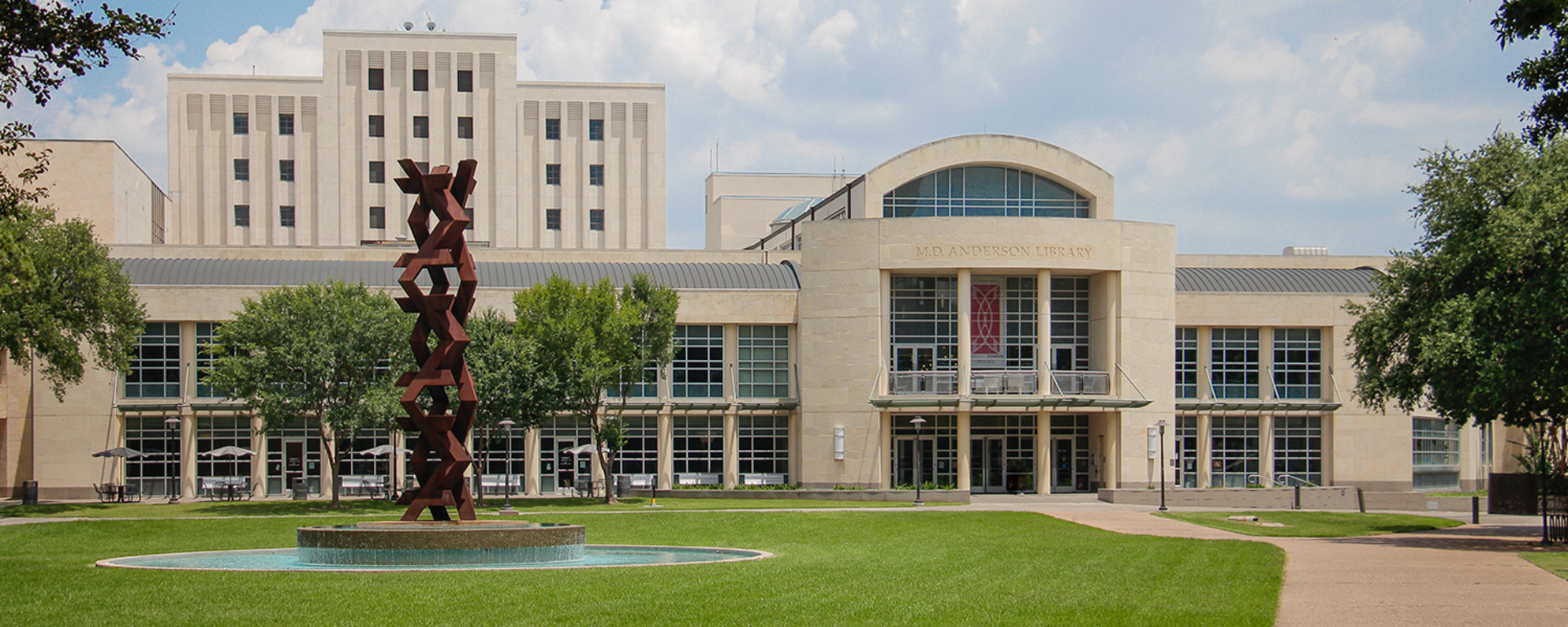Institutional Repository

The University of Houston Institutional Repository (UHIR) collects, preserves and distributes scholarly output and creative works produced by the University of Houston community. UHIR provides free and open online access to the university’s research and scholarship, including electronic theses and dissertations.
Communities in DSpace
Select a community to browse its collections.